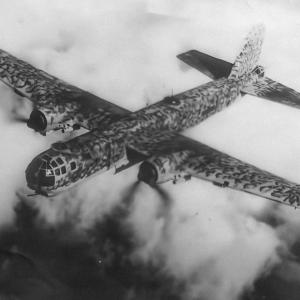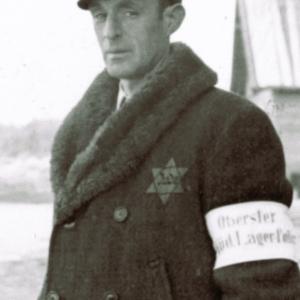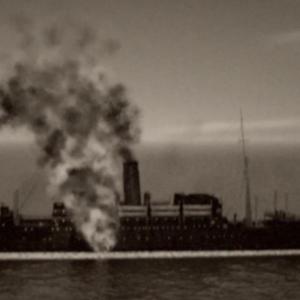
On this day in military history…
The Rohna was a British India Steam Navigation Company passenger liner built in 1926 and taken over as a troopship during the war. In November 1943 she was part of convoy KMF-26, sailing east from Oran toward the Suez route. Her job was simply to move large numbers of Allied troops and support personnel to the Middle East and India theatres. She was not a combat ship; she was a transport pressed into service because the Allies needed every available hull.
Her master was Captain Thomas J. Murphy, an experienced Australian merchant-navy officer. On 26 November 1943, as the convoy moved off the Algerian coast, German long-range bombers launched an attack using one of their new radio-guided glide bombs, the Hs 293. One of these struck Rohna on the port side near the engine room, tearing a devastating hole through the decks, flooding machinery spaces, knocking out power, and destroying many of the lifeboats. Fires started, the ship began to list badly, and within a short time it was clear she would not survive.
The loss of life was enormous. Roughly 1,015 American troops were killed along with about 120 crew and officers from the British and Indian crew. Only a few lifeboats could be launched properly. Many men had to jump into the sea and cling to rafts or wreckage as darkness fell, making rescue slow and dangerous.
The incident was kept very quiet during and after the war. Several factors contributed. The Allies did not want to advertise the fact that Germany had an effective new guided missile, and they did not want public attention drawn to such a large American troop loss in a single blow. Families were generally told their relatives had died at sea without details. Official statements for years avoided naming the ship or describing the weapon used. Only in the late 1960s did fuller accounts begin to surface.
There are several striking details from survivor accounts. The Rohna was placed in the so-called coffin corner of the convoy, an exposed outer position targeted first in air attacks. Many men reported that the guided bomb looked like a small aircraft gliding directly toward them, something they had never seen before. Rescue ships, especially the minesweeper USS Pioneer, worked for hours pulling exhausted survivors from the water. The attack is considered one of the earliest large-scale uses of precision-guided weapons in naval warfare and remains one of the deadliest losses of American servicemen at sea during the conflict.










